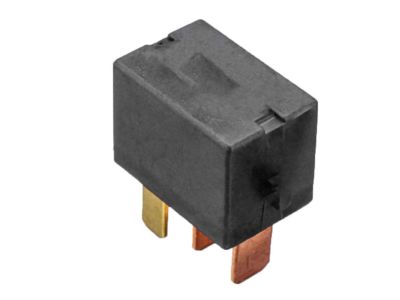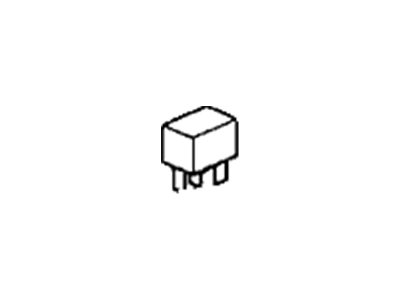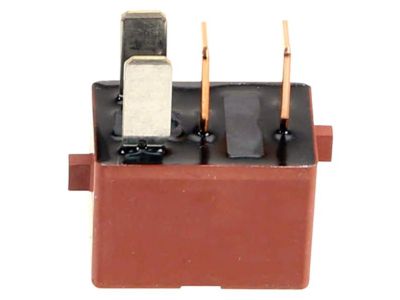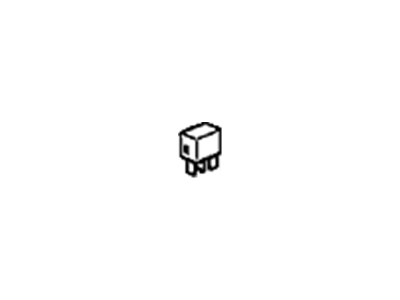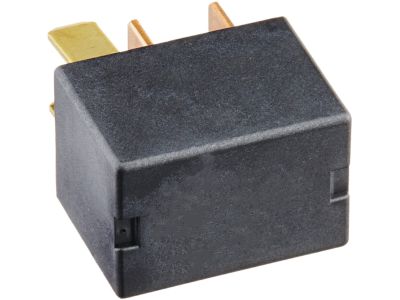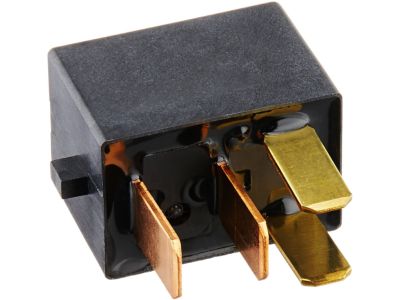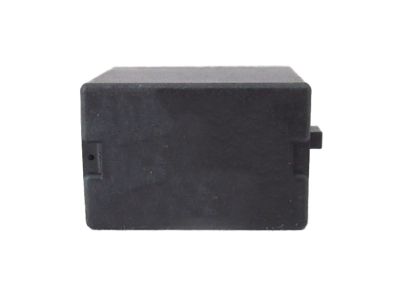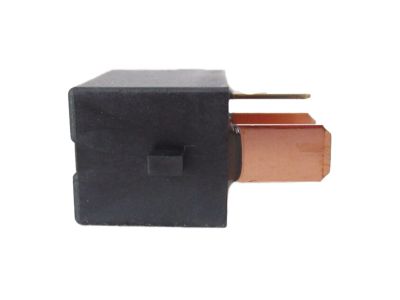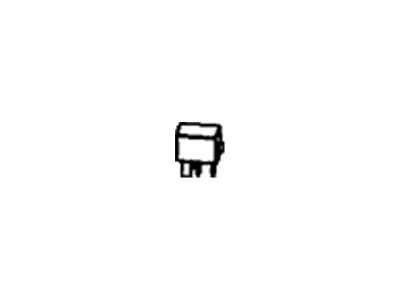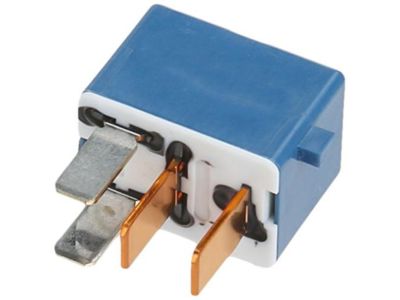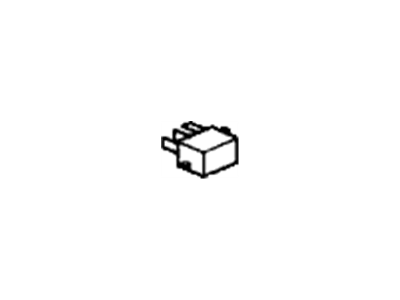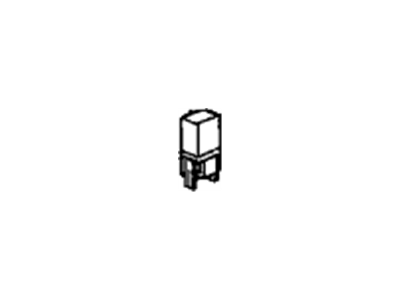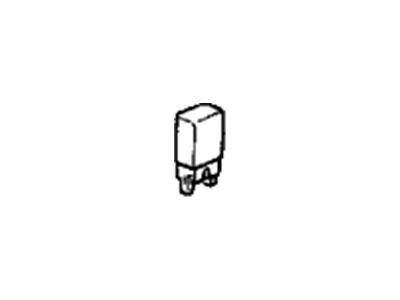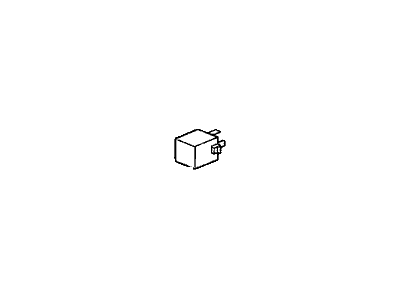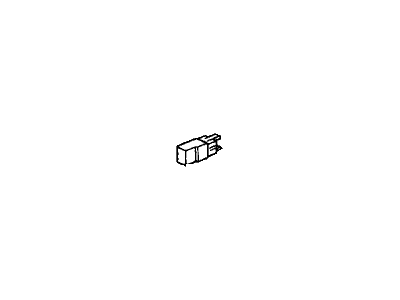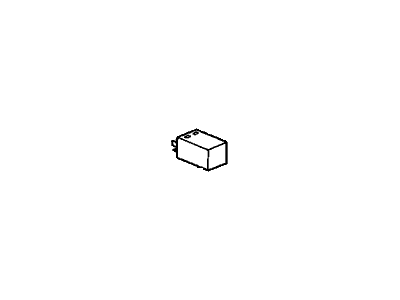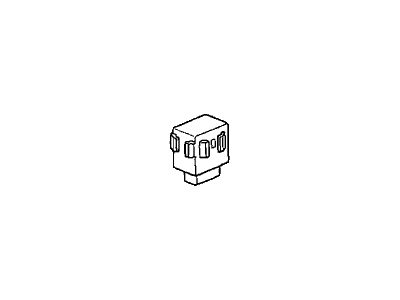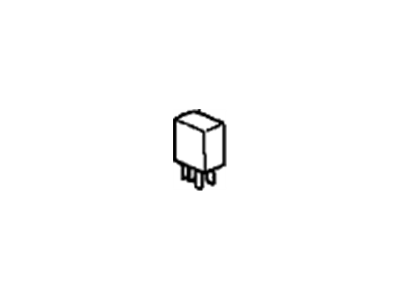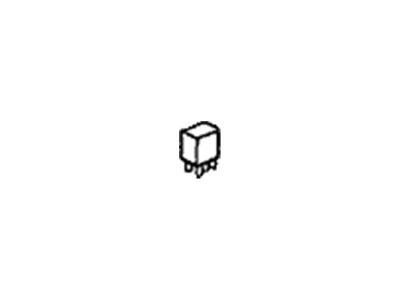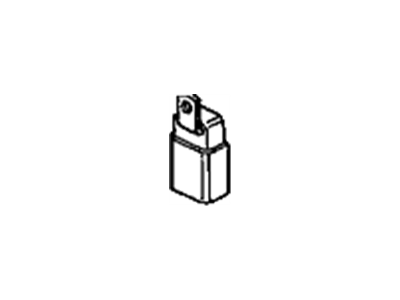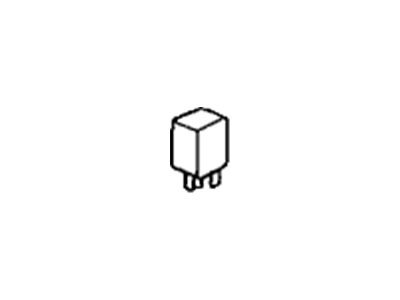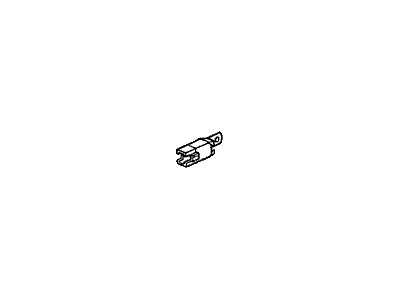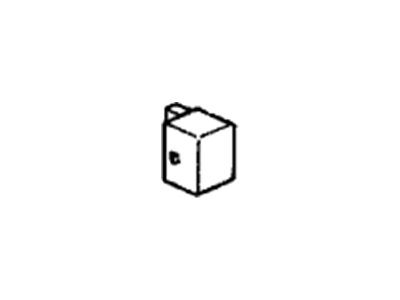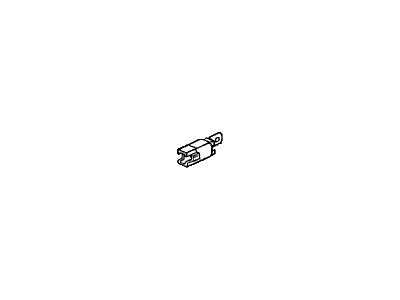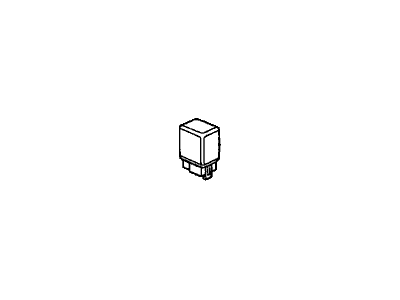×
- Hello
- Login or Register
- Quick Links
- Live Chat
- Track Order
- Parts Availability
- RMA
- Help Center
- Contact Us
- Shop for
- Acura Parts
- Acura Accessories

My Garage
My Account
Cart
Genuine Acura TL Relay
Wire Relay- Select Vehicle by Model
- Select Vehicle by VIN
Select Vehicle by Model
orMake
Model
Year
Select Vehicle by VIN
For the most accurate results, select vehicle by your VIN (Vehicle Identification Number).
37 Relays found

Acura TL Power Relay Assembly (Micro Iso) (Mitsuba)
Part Number: 39794-SDA-A05$22.56 MSRP: $32.22You Save: $9.66 (30%)Ships in 1-3 Business Days
Acura TL Engine Control Module Relay Assembly
Part Number: 39794-SDA-902$64.56 MSRP: $92.20You Save: $27.64 (30%)
Acura TL Power Relay Assembly
Part Number: 39794-SDA-A03$23.10 MSRP: $32.22You Save: $9.12 (29%)Ships in 1-3 Business Days
Acura TL Fuel Pump Relay Assembly (Denso)
Part Number: 39794-SDA-004$51.16 MSRP: $71.35You Save: $20.19 (29%)Ships in 1-3 Business DaysAcura TL Power Relay Assembly (Brown)
Part Number: 39794-SL0-J01$88.49 MSRP: $126.38You Save: $37.89 (30%)Ships in 1-3 Business DaysAcura TL Relay Assembly, Power (4P) (Rc-2225) Black (Mitsuba)
Part Number: 39794-SL0-004$88.49 MSRP: $126.38You Save: $37.89 (30%)Ships in 1-3 Business DaysAcura TL Turn Signal And Hazard Relay Assembly (Fr-3309)
Part Number: 38300-SE3-013$81.08 MSRP: $113.75You Save: $32.67 (29%)Ships in 1-3 Business DaysAcura TL Turn Signal And Hazard Relay Assembly
Part Number: 38300-S9A-003$81.08 MSRP: $113.75You Save: $32.67 (29%)Ships in 1-3 Business DaysAcura TL Power Relay Assembly (4P) (056700-7250) (Denso)
Part Number: 39794-SE0-003$88.49 MSRP: $126.38You Save: $37.89 (30%)Ships in 1 Business DayAcura TL Relay Assembly, Turn Signal And Hazard (Trico)
Part Number: 38300-S9V-A01$81.08 MSRP: $113.75You Save: $32.67 (29%)Ships in 1-3 Business DaysAcura TL Main Relay Assembly (Mitsuba)
Part Number: 39400-S84-003$100.29 MSRP: $140.70You Save: $40.41 (29%)Ships in 1-3 Business DaysAcura TL Relay Assembly (Micro Iso)
Part Number: 39792-SDA-A01$4.53 MSRP: $6.32You Save: $1.79 (29%)Ships in 1-3 Business DaysAcura TL Power Relay Assembly (5P) (Micro Iso) (Mitsuba)
Part Number: 39794-S10-003$46.94 MSRP: $65.47You Save: $18.53 (29%)Ships in 1-3 Business DaysAcura TL Power Relay Assembly
Part Number: 39795-SB2-003$88.46 MSRP: $124.10You Save: $35.64 (29%)Ships in 1-3 Business DaysAcura TL Relay Assembly, Power (4P) (Micro Iso) (Matsushita)
Part Number: 39794-S04-014$48.49 MSRP: $67.63You Save: $19.14 (29%)Ships in 1-3 Business DaysAcura TL Power Relay Assembly (4P) (056700-7330) (Denso)
Part Number: 39797-SE0-003$78.53 MSRP: $110.17You Save: $31.64 (29%)Ships in 1-2 Business DaysAcura TL Turn Signal And Hazard Relay Assembly (Mitsuba)
Part Number: 38300-SHJ-A04$82.76 MSRP: $116.10You Save: $33.34 (29%)Ships in 1 Business DayAcura TL Turn Signal And Hazard Relay Assembly
Part Number: 38300-SDA-A01$20.26 MSRP: $28.25You Save: $7.99 (29%)Ships in 1-3 Business DaysAcura TL Power Relay Assembly (4P) (Rc-2201) (Mitsuba)
Part Number: 39797-SE0-004$61.26 MSRP: $87.48You Save: $26.22 (30%)Ships in 1 Business DayAcura TL Power Relay Assembly (4P) (12V No) (Mitsuba)
Part Number: 39792-SP0-014$58.44 MSRP: $81.50You Save: $23.06 (29%)Ships in 1-3 Business Days
| Page 1 of 2 |Next >
1-20 of 37 Results
Acura TL Relay
We provide a broad range of OEM Acura TL Relay at unbeatable prices on our website. For your OEM parts, You can count on the guaranteed quality, manufacturer's warranty, outstanding customer service, and prompt delivery. We look forward to your visit.
Acura TL Relay Parts Questions & Experts Answers
- Q: What are the functions and types of relays used in electrical accessories on Acura TL?A:Many electrical accessories, such as the fuel injection system, Horns, starter, and fog lamps, utilize relays to manage current to components, employing a low-current control circuit to operate a high-current power circuit. A defective relay will prevent the associated component from functioning, and these relays can be found in the engine compartment fuse/relay box and near the under-dash fuse and relay box, with access to the under-dash relays requiring the removal of the left kick panel. There are two primary types of relays: normally-open type A and five-terminal type A. Normally-open type A relays serve various functions, including ABS fail-safe, accessory power socket, air conditioning components, and multiple light relays, characterized by four external spade terminals arranged in a specific configuration. Testing involves checking for continuity between designated terminals with power applied or disconnected. Normally-open type B relays, used for systems like the ABS pump motor and blower motor, also feature four terminals but arranged differently. Five-terminal type A relays, utilized for windshield wiper control, have five terminals in two rows, and testing requires verifying continuity between specific terminals under certain conditions. Five-terminal type B relays, which serve functions such as ACC cut and moonroof controls, follow a similar testing procedure to ensure proper operation.
